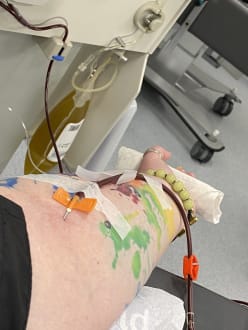Sitting in a culture dish, a layer of chicken heart cells beats in synchrony. But this muscle layer was not sliced from an intact heart, nor even grown laboriously in the lab. Instead, it was printed
, using a technology that could be the future of tissue engineering. Droplets of bio-ink
— clumps of living cells a few hundred micrometres in diameter — flow together and fuse when squirted close to each other. They can be made to form layers, rings and tubes — which could serve as blood vessels — depending on how they are deposited. Bioprinting could develop into a fast and cheap way to engineer a variety of tissue types
Share this Story














 RSS – Posts
RSS – Posts